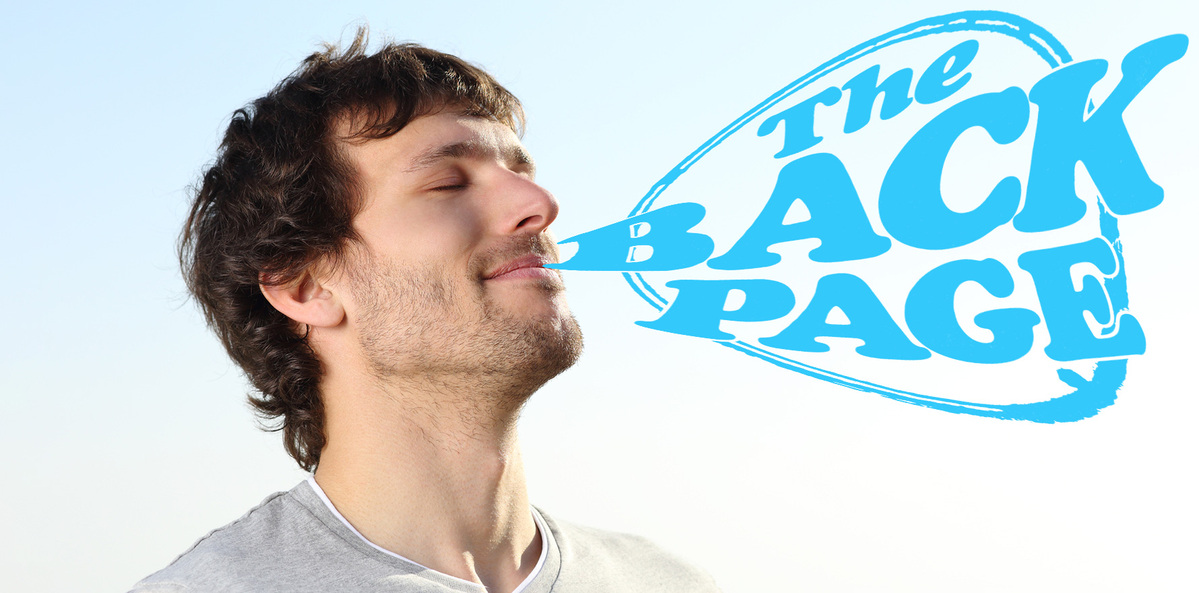Whether you’re a breath of fresh air or reek of last night’s garlic bread, we know who you are.
The Back Page is a big fan of all things olfactory.
So, as soon as we got a whiff of some stinky research conducted by a team at Kyushu University’s Institute for Materials Chemistry and Engineering, we jumped at it.
“Recently, human scent has been emerging as a new class of biometric authentication, essentially using your unique chemical composition to confirm who you are,” said study lead Professor Takeshi Yanagida.
As the folks at Bunnings, Kmart and The Good Guys know, facial recognition is a pretty useful tool for figuring out who gets up to what. And we’ve all run the biometric recognition gauntlet at the airport: sticking your e-passport in the scanner and then smiling at the camera while it checks your retina to see if you’re dodgy.
Unfortunately, some of these markers can be manipulated. There’s that old chestnut where a bunch of crims cut off someone’s finger so they can access a bank vault using the fingerprint.
For some time, researchers have been on the hunt for a marker that couldn’t be messed with.
An early target was percutaneous gas (the compounds produced from the skin). Experts say this, however, has limited value because the skin does not produce a high enough concentration of volatile compounds for machines to detect. (The Back Page, as a regular user of public transport, would contest that point.)
So, the Kyushu uni team decided to check out whether human breath could be used.
Breath, of course, has been used as a diagnostic tool in traditional Eastern medicine for yonks.
The team began by analysing the breath of subjects to see which compounds could be used for biometric authentication. A total of 28 compounds were found to be viable options.
Based on this, they developed an “olfactory sensor” to identify specific compounds. After the sensor had had a bit of a snort, data were passed into a machine learning system, which analysed the composition of each person’s breath.
It then spat out an olfactory profile that could be used to ID an individual with an average accuracy of 97.8%. Bingo – just breathe and we’ve got you clocked!
If you see something that takes your breath away, let penny@medicalrepublic.com.au know.


